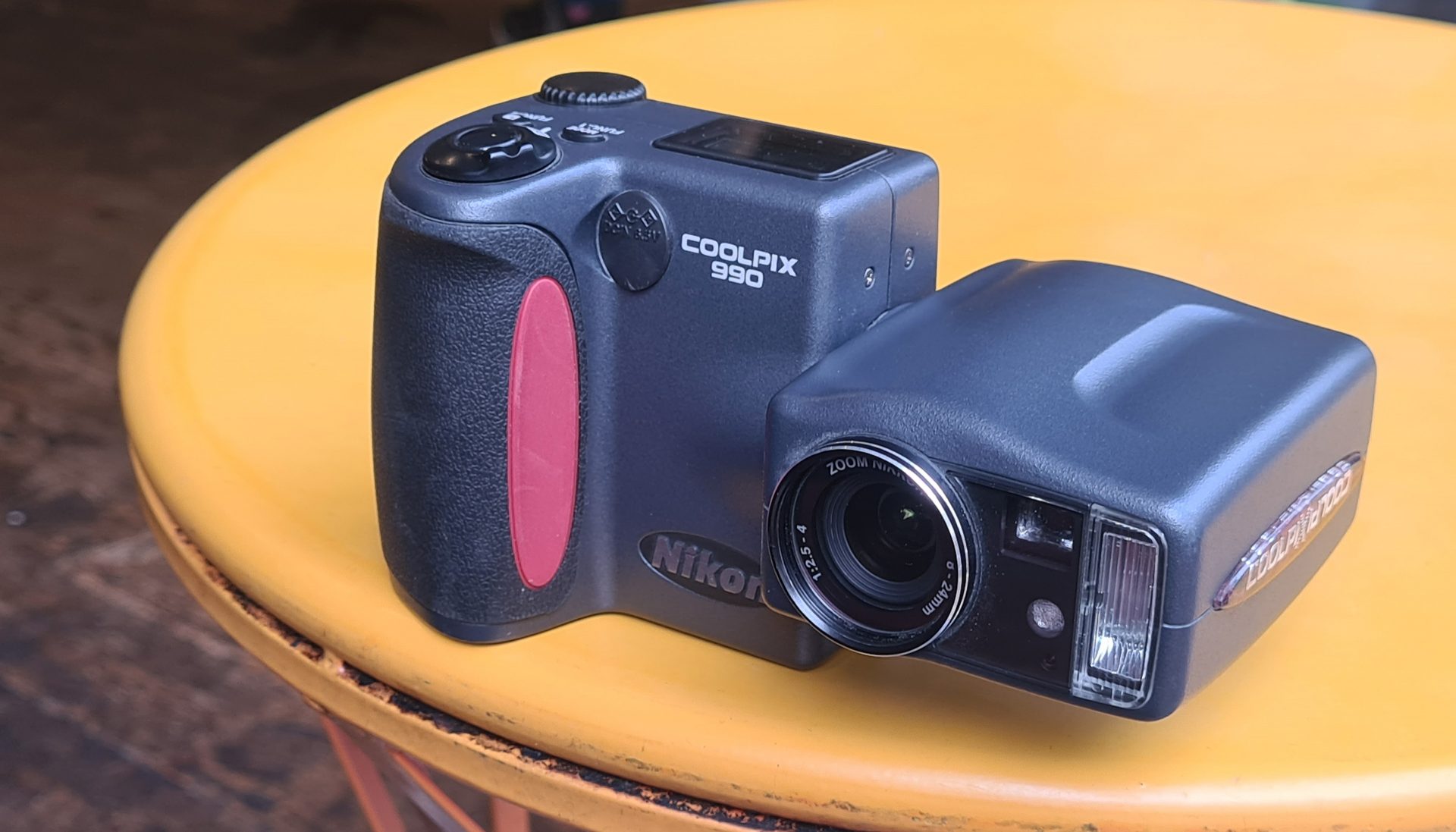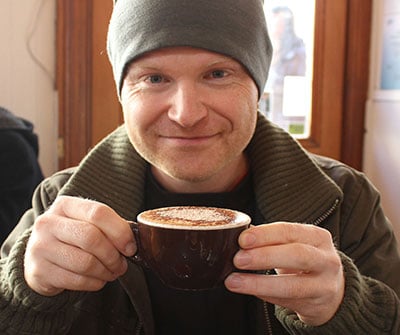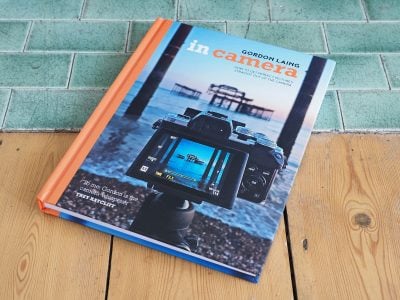Nikon COOLPIX 990 retro review
-
-
Written by Gordon Laing
Welcome vintage camera lovers, and travel back with me to the Year 2000 where you find yourself shopping for a digital camera built for the new millennium.
Some bloke called Gordon Laing just reviewed the new Nikon COOLPIX 990 in PCW magazine and reckons “if you’ve got £850 to spend on a high-end digital camera, this is the one to get.” Sounds pretty decisive. So let’s fast-forward a quarter of a century to see if he still feels the same way! The full story is in the video below, but if you’d prefer to read the written highlights, keep scrolling!
The COOLPIX 990, or E990, was the third of four models in the COOLPIX 900 series, all sharing a similar twisting body design. While a similar concept was first seen on the Agfa ePhoto 1280 back in 1997, and also employed by multiple rivals, I don’t think it’s unfair to say Nikon was the company which took that particular ball and really ran with it.

Their story began with the original COOLPIX 900 in 1998 before being revamped one year later into the 950 with a much more professional look and feel. I have separate videos about both these models if you’re interested.
Across the series, the right side – as you held it – housed the batteries, card, screen and controls, while the left contained the lens, flash, sensor and optical viewfinder. You’d grip onto the right half with the batteries providing a nice counter-balance, while twisting the left side for comfortable composition high or low, or even back towards yourself for selfies. I loved the design and operation both then and now.

The COOLPIX 990 was announced in early 2000 at a price of around $900 or £850, and was Nikon’s first digital compact with a 3.34 Megapixel sensor, a substantial boost over the 2.1 Megapixels of its predecessor. Fast-forward to the present day and you can pick them up on eBay for around $40 or pounds, so let’s see what that gets you.
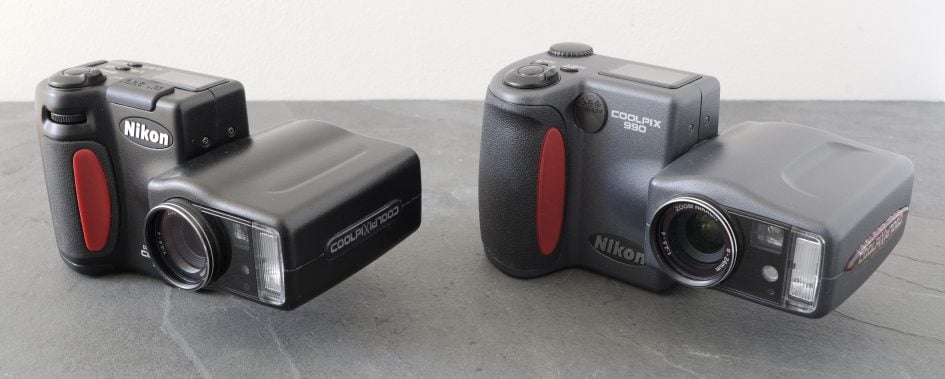
Above: at first glance the 990 looks a lot like the earlier 950. Beyond the greyer finish of the newer model, they’re similar in size and proportions. But look a little closer and there’s some key changes.
Most obviously the grip on the 990 has become more pronounced and features a broader rubberised surface, making it more comfortable and secure in your hands. Note the coloured oval inside the grip, blue for US versions and red for everywhere else; I prefer the red, how about you?

The 990’s still powered by a set of four AA batteries, but pushes their position out into the grip. Nikon supplies a set of NiMH batteries and a mains recharger, but it also works fine with Alkalines if you find yourself caught out.
Meanwhile the Compact Flash card slot has sensibly relocated from the base of the 950 to the grip side of the 990, and now lies behind a proper door rather than a rubber flap. Sadly it remains Type-I only, so the thicker Type-II MicroDrives won’t squeeze in, and it’s also a little awkward to grip normal cards for removal.
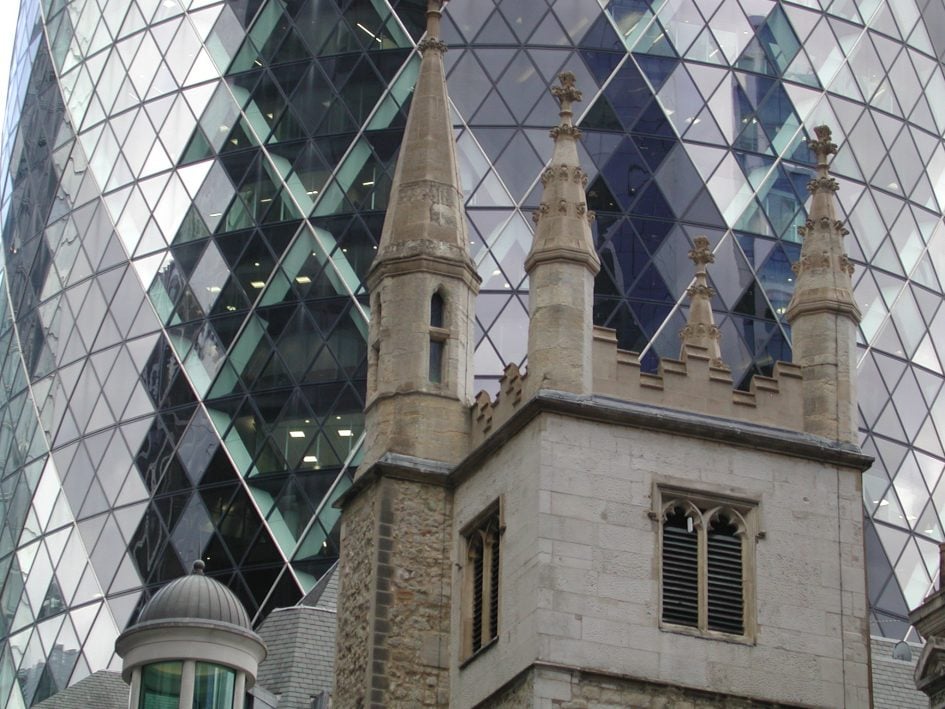
The slot’s position does however mean you can now access it when mounted on a tripod, and speaking of which, the actual tripod thread itself is now metal and shifted back towards the centre of the body with a generous rubber surround, making it more stable than the 950.
While we’re looking behind flaps, the 990 repositions most of its ports. The previous 950 positioned its DC input and video output behind a flap uncomfortably on the top of the camera. Now the 990 has its DC input on the front, while the 3.5mm composite video output joins the digital IO port on the side.

In an important upgrade, the 990 ditches the old serial data port of the 950 to become Nikon’s first camera with a new USB port. Before you get too excited though, this uses a proprietary connector so you’ll need the official cable designed for it.
Connect it to your computer and the supplied Nikon View software won’t mount the camera as a drive, but does let you drag and drop images. There’s also an optional MC-EU1 cable release accessory that connects to the USB port.
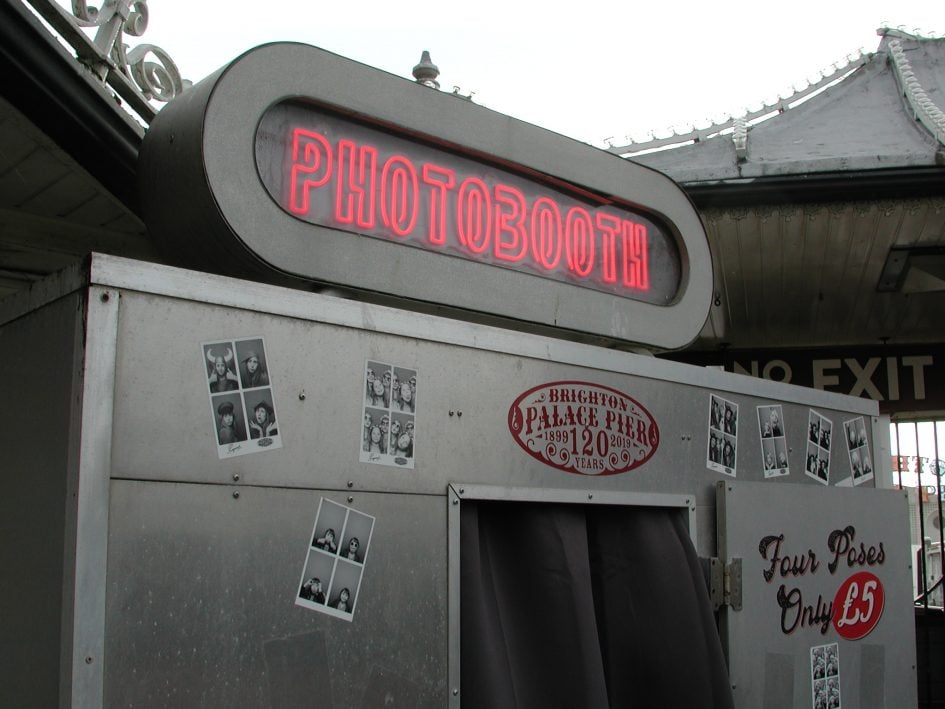
In your hands you’ll notice two very welcome control changes: the old front finger dial of the 950, which was too indented for my liking, has been swapped for a more substantial rear thumb dial, with much more positive clicks. Meanwhile a new joypad on the rear makes selections and navigation much easier.
By moving the ports from the top surface, the 990 also boasts a much larger LCD information panel providing even more shooting details at a glance than before.
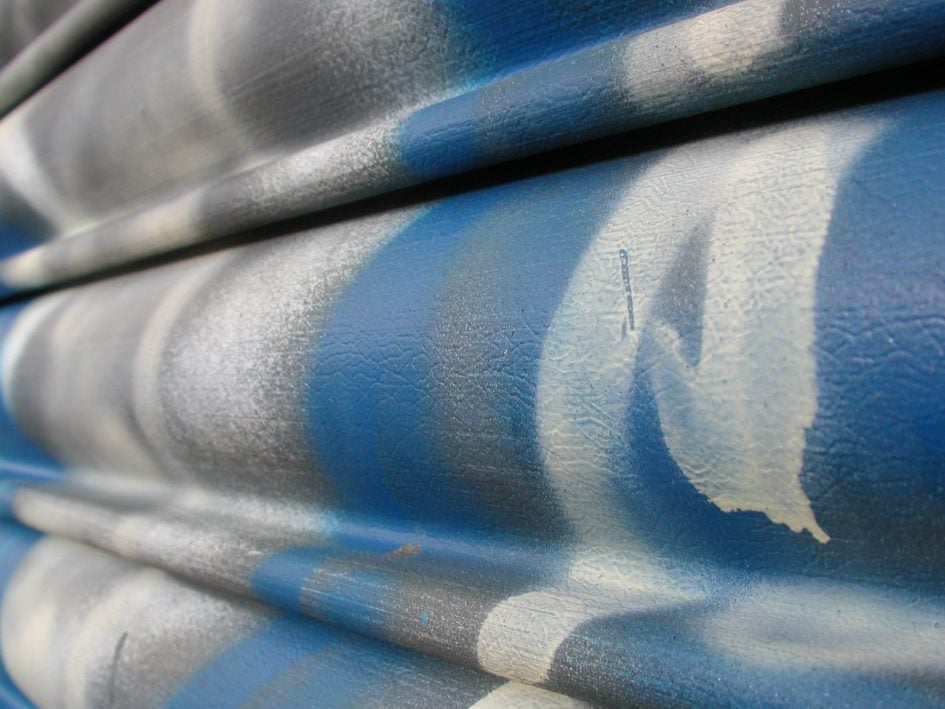
For composition you still have the choice of an optical viewfinder on the left side or a screen on the right. The viewfinder appears to be the same basic system as the earlier 950 with little more than a focus mark in the middle and a line to the side to indicate parallax at close range.
For more accurate framing, turn to the screen, interestingly employing a slightly smaller 1.8in panel versus the 2in of the 950, but now much brighter, making it more usable in bright conditions.
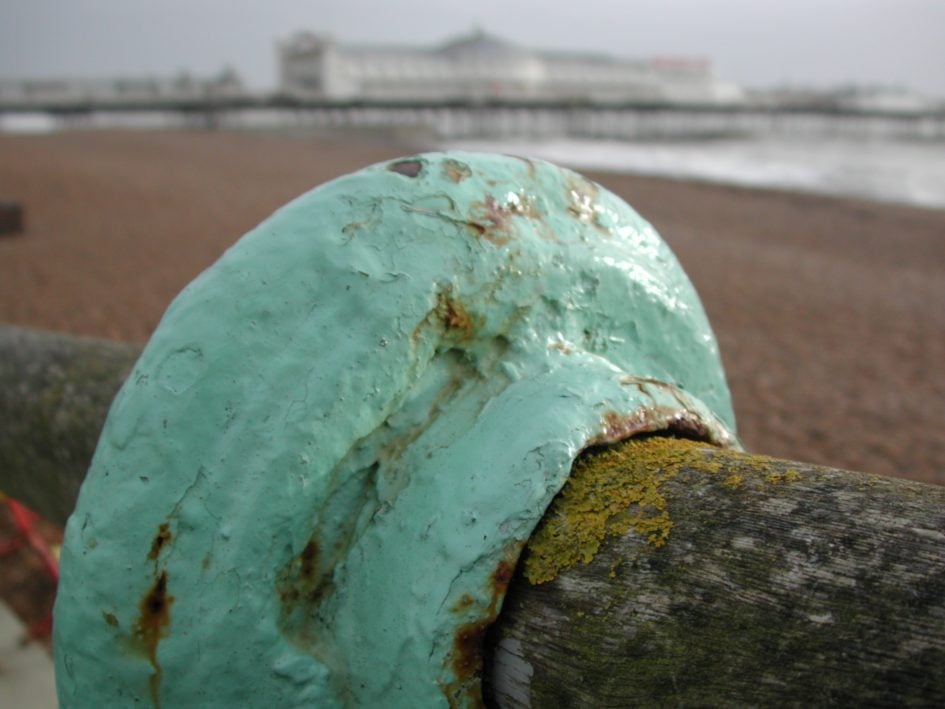
The monitor button cycles between a clean view, shooting details, or off entirely to save power. There’s no alignment grid or live histogram options, but turning the thumbwheel during playback can show extended shooting details as well as a thumbnail view with a brightness histogram and blinking highlights.
Nikon’s well known for its high quality lenses, and the new optics in the 990 don’t disappoint. The 3X optical zoom is equivalent to 38-115mm, with an f2.5-4 aperture. Optical zooming is now faster than before and you can even preset the starting position of the zoom from the menus – handy.
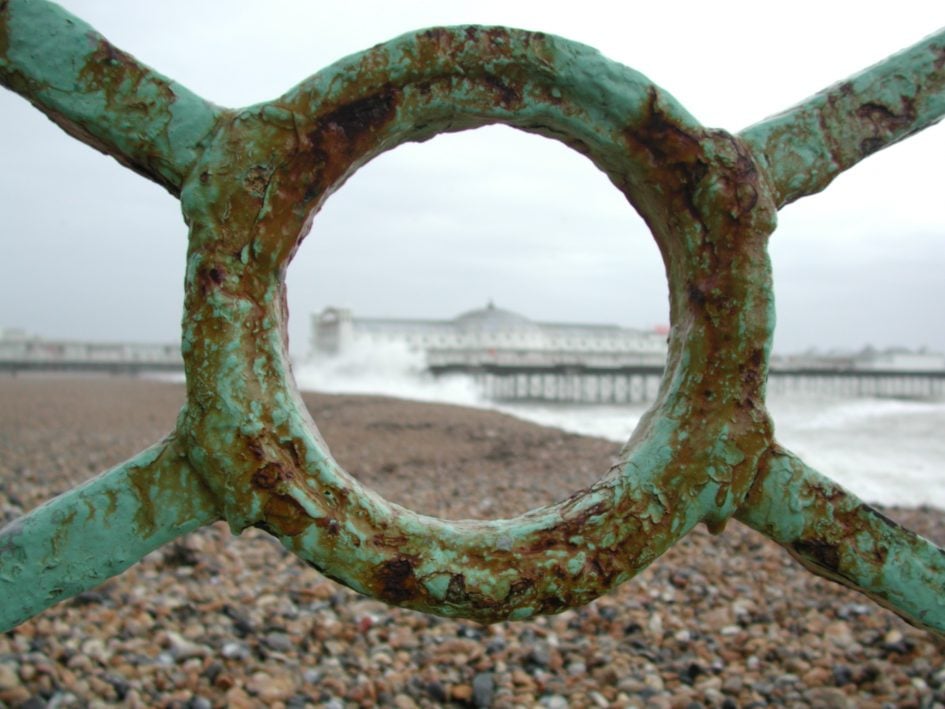
The 990 can also now choose between five AF areas, and the AF speed has not only improved but now employs much finer increments too. There’s no fewer than 4896 AF steps, not to mention 50 presets in manual, way more than its Year 2000 rivals. That said, the AF system does sound louder than before, with the 990 chattering-away quite audibly when set to Continuous AF or in the Auto mode.
Like its predecessor, the 990 will focus amazingly close, down to just 2cm with impressively low distortion. This actually allows Nikon to sell the optional ES-E28 slide-scanning accessory, which on the 990 lets you generate 3 Megapixel files from 35mm film.
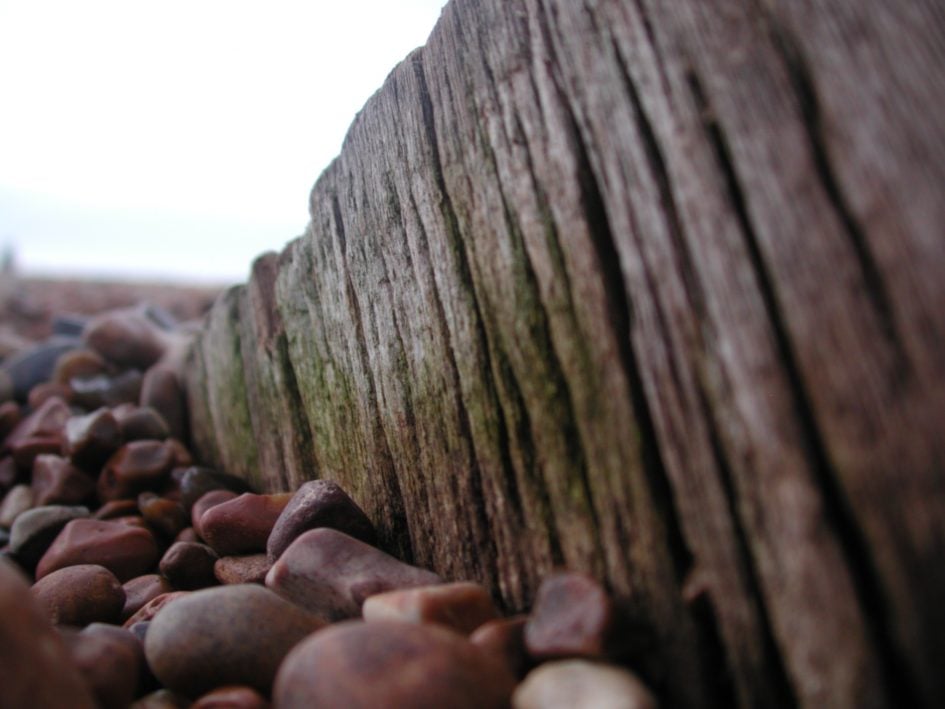
Speaking of accessories, the 990 also supports a selection of lens converters. The TC-E2 and E3ED double and triple the effective reach, the WC-E24 and E63 widen it by two thirds, while the FC-E8 fisheye-converter provides a taste of the exotic with a 183 degree field of view.
As a higher-end model aimed at enthusiasts, the 990 offers full control over exposure. Set the collar power control to M, then hold-down the Mode button while turning the thumb wheel to switch between Program, Aperture Priority, Shutter Priority and full Manual.

A new motor-driven 7-blade iris diaphragm offers ten aperture settings from f2.5 to f7.0, and fine control over depth of field in aperture priority mode. Meanwhile no fewer than 14 shutter speeds from 1/1000 to 8 seconds are available, while full Manual unlocks a Bulb setting up to 60 seconds.
Alternatively, the automatic Program does a great job, especially with the choice of 256-segment Matrix, centre-weighted or spot metering. There’s also exposure compensation from +/- 2EV in 1/3 stops, optional five-step bracketing, and Nikon’s own Best Shot Selector just to make sure.
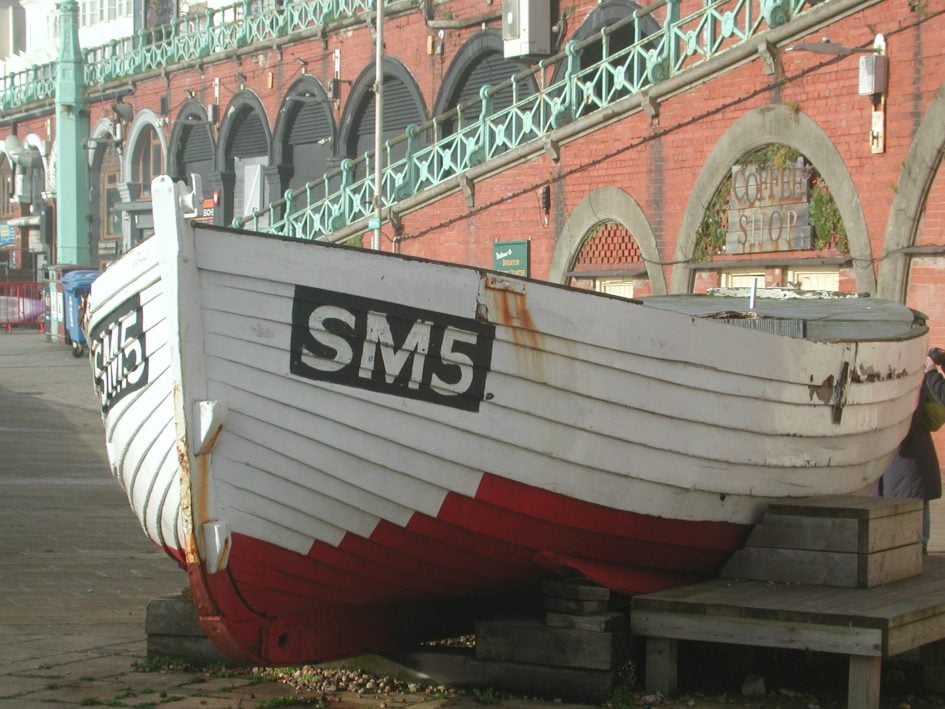
The built-in flash to the side of the lens can be forced on, off, reduce red-eye, slow-sync or fill-in, and as before there’s a PC Sync terminal to connect to selected external Nikon Speedlights.
Behind the lens is a 1 / 1.8in CCD sensor with 3.34 Megapixels, making the 990 not only Nikon’s first camera to use it, but one of the first on the market. Later in the Year 2000, the same sensor would be found in countless rivals including Canon’s PowerShot G1 and Sony’s S70.

Along with the full 2048×1536 pixels in the 4:3 shape and slightly cropped 3:2 modes, the 990 also offers lower 1024×768 and 640×480 modes to save space. There’s the choice of three levels of JPEG compression, the best quality producing files measuring just over 1Mb at full 2048×1536 mode. The sensitivity runs between 100 and 400 ISO with an Auto mode if preferred.
There’s also an uncompressed TIFF mode, which produces hefty 9MB files, but recording them can take between 30 and 40 seconds. Sadly there’s no RAW mode as seen on the later Canon G1. Nikon supplies the standard 990 with a 16Mb CompactFlash card, which will store around 10, 20 or 40 highest resolution pictures depending on the compression.

The 990 is also Nikon’s first to feature a movie mode, which can grab up to 40 seconds of 320×240 video at 15fps and save them as M-JPEG QuickTime files. There’s no sound, but you can use the zoom while recording. Strangely, while the image will flip to stay upright when you’re shooting stills with the lens facing back towards you, pioneering vloggers will be disappointed to find the video is recorded upside-down. So you’ll need to flip it in post.
And finally a selection of burst capture modes include a high-speed option which takes up to 80 QVGA images at 30fps.
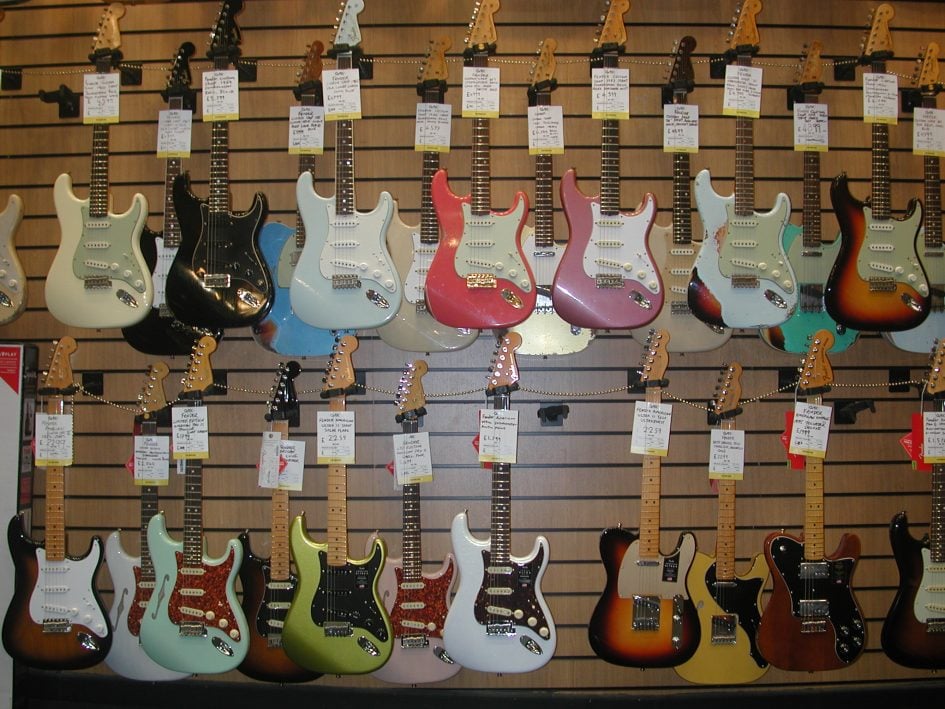
Fast-forward the best part of 25 years after it was launched, and the COOLPIX 990 is an easy vintage camera to get working. Powered by readily available AA batteries, there’s no mucking around with proprietary packs and chargers, while compatible Compact Flash cards remain on sale. I used my trusty SanDisk Ultra II 1GB card with enough space for hundreds of best quality images. I didn’t have the USB cable or original software, but there’s no need as you can simply insert the card into a USB Compact Flash reader.
Nikon COOLPIX 990 verdict
The COOLPIX 900 series is one of the most iconic in the history of digital cameras, packing a split-body design with high-end features and cutting-edge quality to delight enthusiasts. While the pro-sumer or bridge category was developed as a more affordable alternative to DSLRs in their early days, the COOLPIX 900 models became highly desirable in their own right. I for one felt almost disappointed or even unfaithful when I could afford my first DSLR and bid farewell to these unique stepping stones.
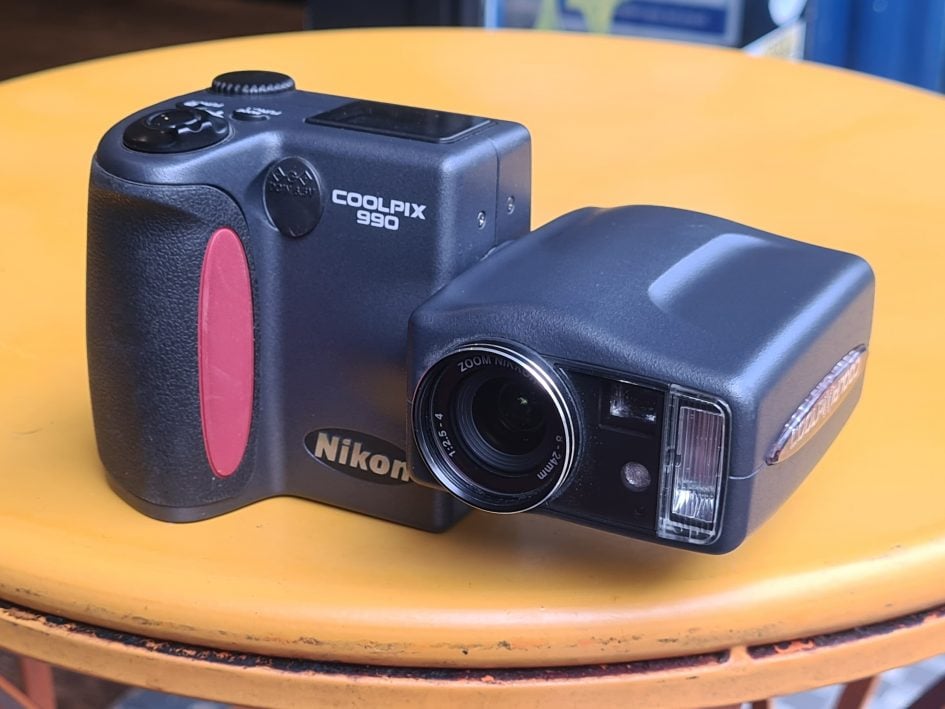
Of the four models in the COOLPIX 900 series, my personal favourites are the 950 and 990, building upon the original without the bulk or proprietary battery of the final 995. I certainly stand by my original recommendation from the Year 2000! Both the 950 and 990 are very usable today, running from standard AA batteries and recording onto Compact Flash cards. I am seeing prices steadily increase, but at the time I made this, you should still be able to find one in fair condition on eBay for around 20 to 40 dollars or pounds. They’re great choices for collectors or anyone wanting to try out a decent vintage digital from the turn of the Millennium.
Meanwhile the 995 has begun to command higher prices, I feel not justified especially as you’ll almost certainly need to buy a replacement battery pack, plus of course find a charger for it too. Indeed I’d skip the 995 and consider the subsequent COOLPIX 4500 from 2002 which shares much the same design concept and can still be found at low prices.
It’s certainly in some contrast to the later COOLPIX SQ from 2003 which thanks to social media stardom has rocketed in popularity and price to become the most expensive of all Nikon’s split-body cameras on the used market. Frustrating as I’d love to bring you a video on that one, but it’s unlikely now. If you see one at a decent price, snap it up, or send it on to me!
Nikon’s final models with a split-body were the S4 in 2005 and S10 in 2006, after which most compacts employed far less interesting designs in my view. Do you miss models like the 900 series as much as I do?
Buy vintage cameras from MPB. Sell your used gear to MPB. Check ebay to find vintage gear. Lost, deleted or corrupted photos? I recover mine with Stellar Photo Recovery. PS - if you enjoy my reviews, videos and guides, you can support me my treating yourself to a copy of my In Camera book, an official Cameralabs T-shirt or mug, or by treating me to a coffee! Thanks!